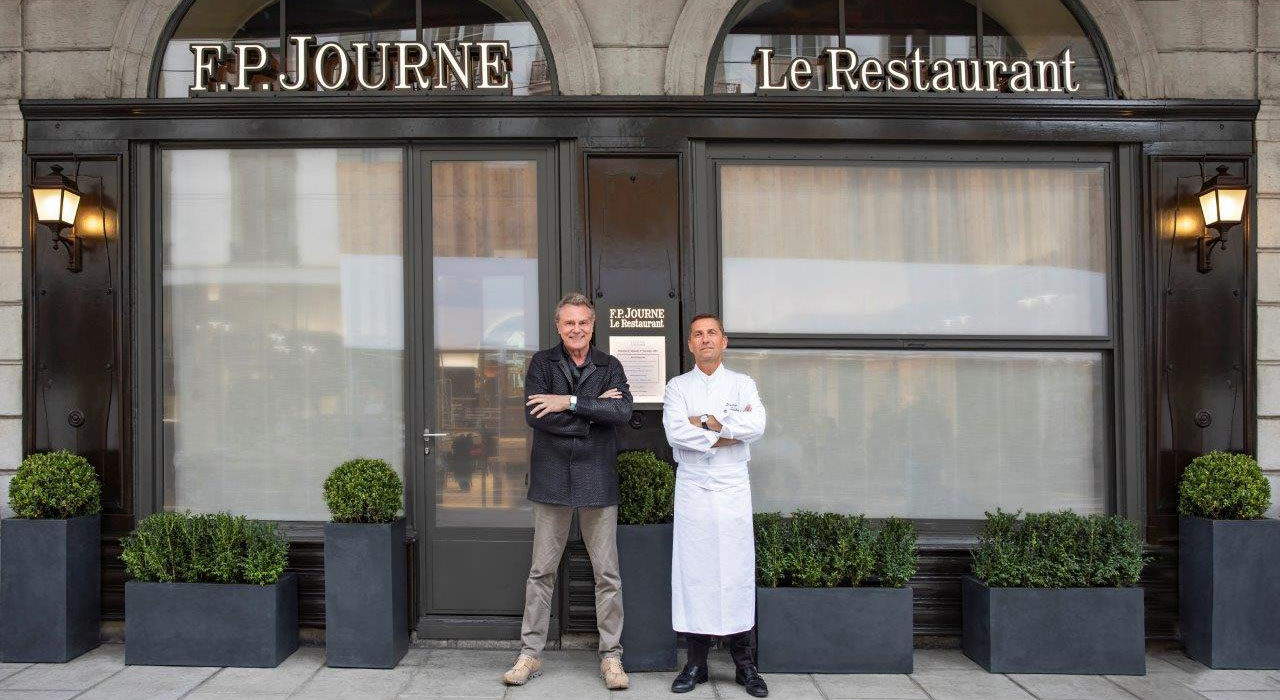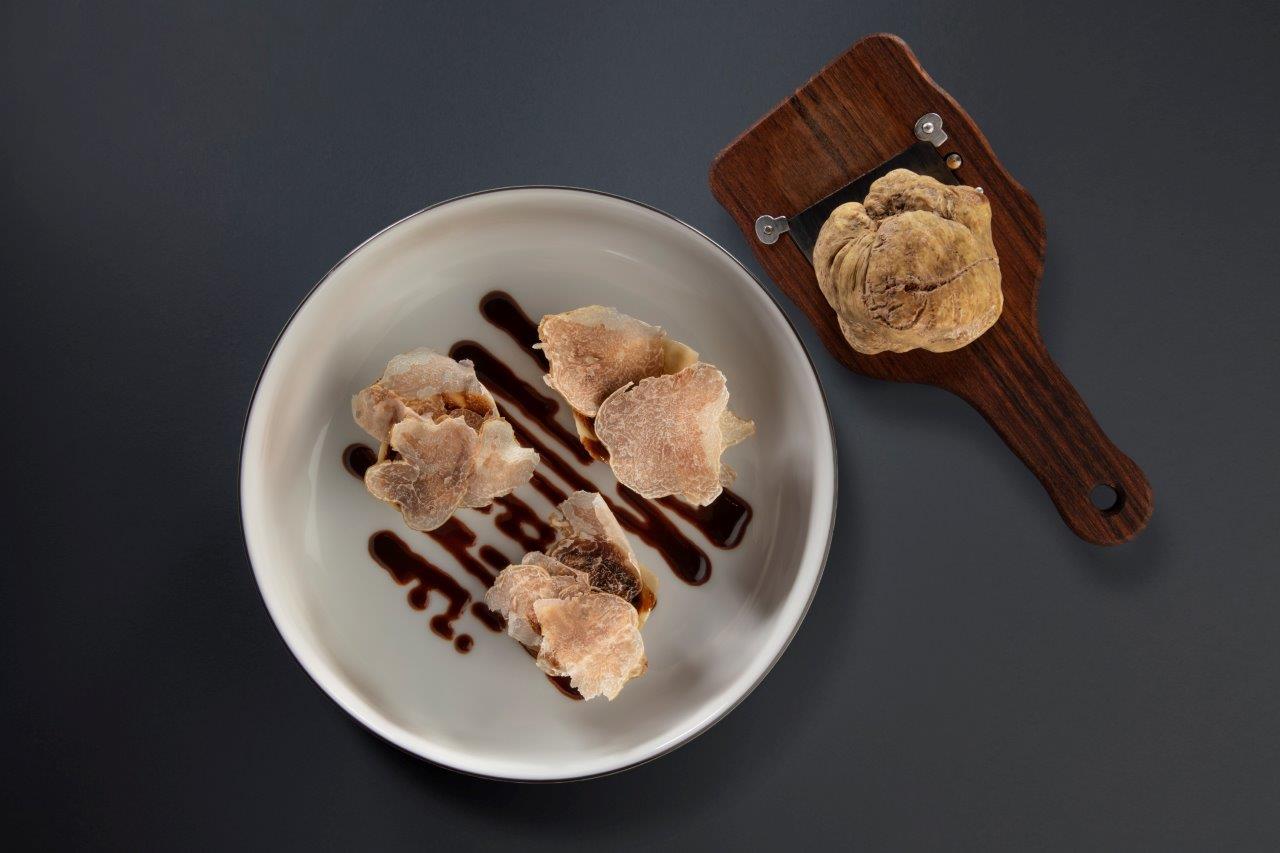If there is one watchmaker who can rest assured about his enduring popularity and professional stability, it’s François-Paul Journe. Nevertheless, displaying the wisdom of a shrewd businessman, he has today unveiled a backup plan by announcing a new venture as a restaurateur.
In a remarkable blend of history and gastronomy, F.P. Journe has teamed up with the Michelin-starred chef Dominique Gauthier to take ownership of an iconic culinary and beverage establishment.
Located at 49 Rue du Rhône, this establishment, gracefully aligned with the Métropole hotel, stands as a tribute to Geneva’s rich bistro heritage.
It is a classified gem, an architectural relic, and one of the few surviving witnesses to the grand cafés and restaurants that graced the district during the late-19th century, when international Geneva was taking its first steps.
The origins of this unique building trace back to the years 1852 to 1860, a period of transformation following the dismantling of the fortifications along the Grand Quai, now known as Quai Général-Guisan.
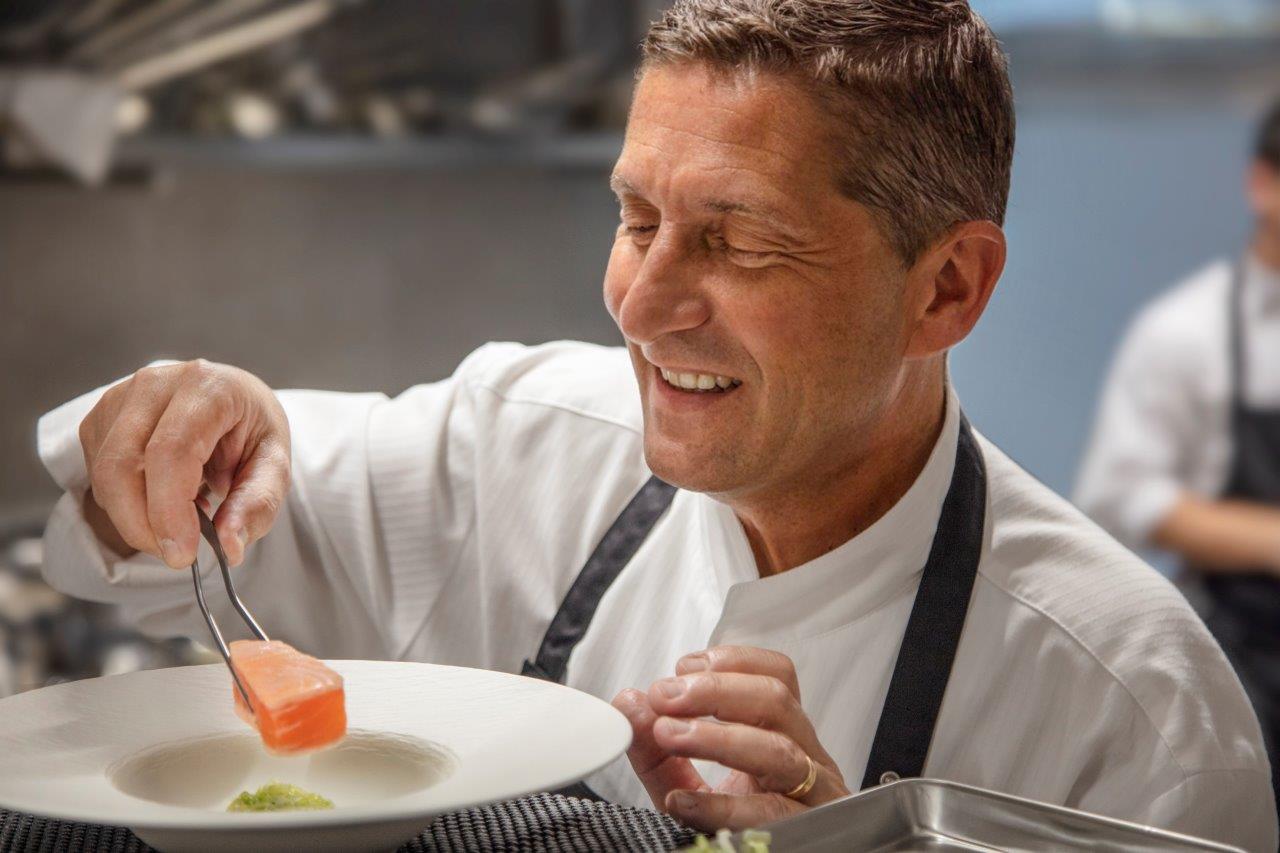
In 1912, Adolphe Neiger, a former pharmacist, breathed new life into the ground floor of a former Baezner bank branch, overlooking both Jardin Anglais and Rue du Rhône, opening a hostelry.
Monsieur Neiger named his establishment ‘The Bavaria’ and specialized in serving German beers.
As chronicled by Jean-Claude Mayor in his book ‘La bouteille, la table et le lit à Genève à la Belle époque’ (Drink, Food, and Lodging in Geneva during the Belle Epoque), Madame Neiger was not only a formidable presence but also excelled in crafting exquisite Mirabelle plum jams from her orchard in Belotte.
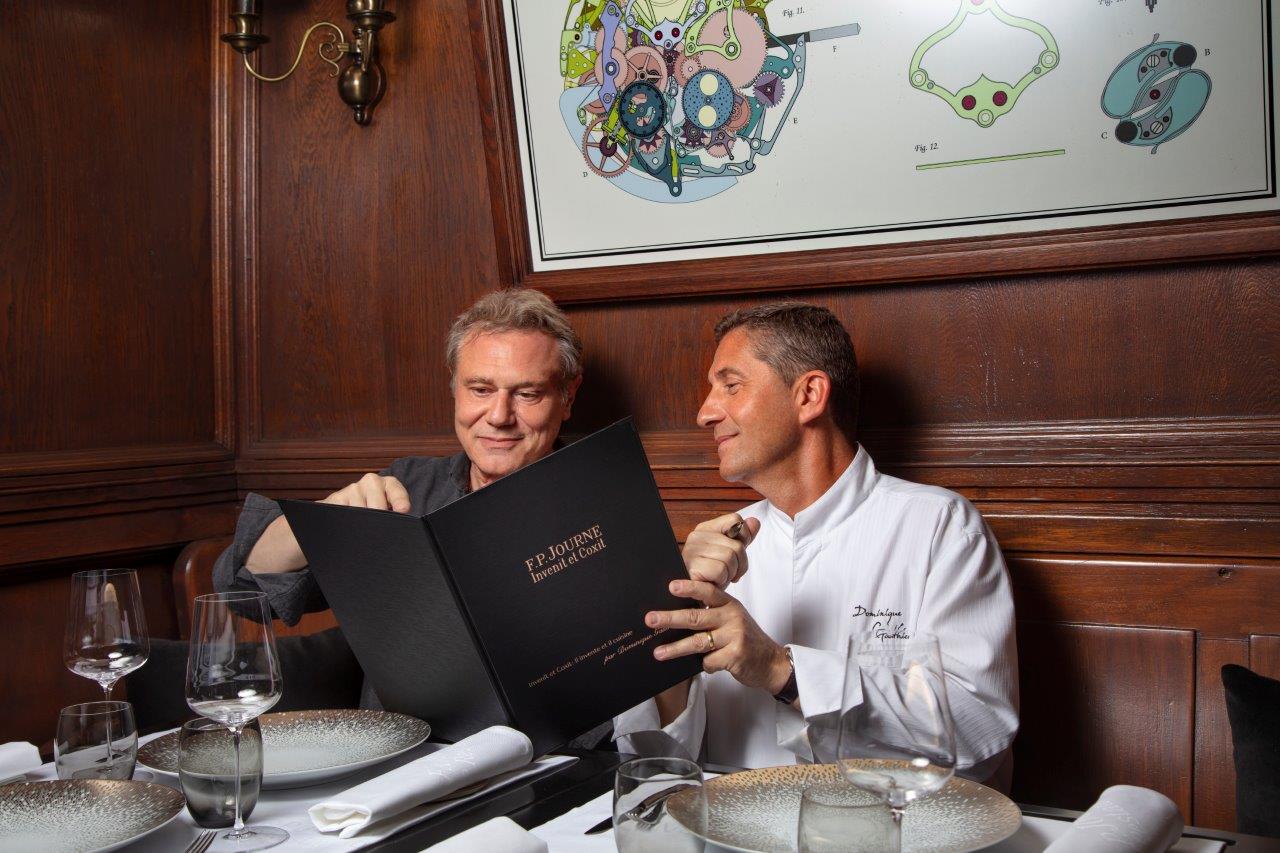
The Bavaria took on historical significance when the League of Nations, established in 1919 after the First World War, held its regular assemblies at the Salle de la Réformation, a short distance away.
International delegates, often in need of refreshment after lengthy deliberations, found the Salle de la Réformation lacking a bar.
The Bavaria swiftly became the favoured haunt for distinguished members of the League of Nations.
Diplomats, heads of state, and journalists from around the world graced its tables. Prominent figures like Neville Chamberlain, the Chancellor of England, once forgot his umbrella, and Aristide Briand, a multiple-time French Council President, had his personal napkin ring.
The Hungarian caricaturists Derson and Kelen, who sought refuge in Geneva, found inspiration in sketching the illustrious patrons of the Bavaria.
Among their subjects were Briand, Chamberlain, and Gustav Stresemann, the German Minister of Foreign Affairs.
Over the years, the establishment’s walls became adorned with nearly 200 such sketches, immortalising the diplomatic elite of that era.
These cherished caricatures remained until the early 1980s when the establishment underwent a name change. The caricatures, once a source of pride for the Neigers, now find a home in the private collection of banker Ivan Pictet.
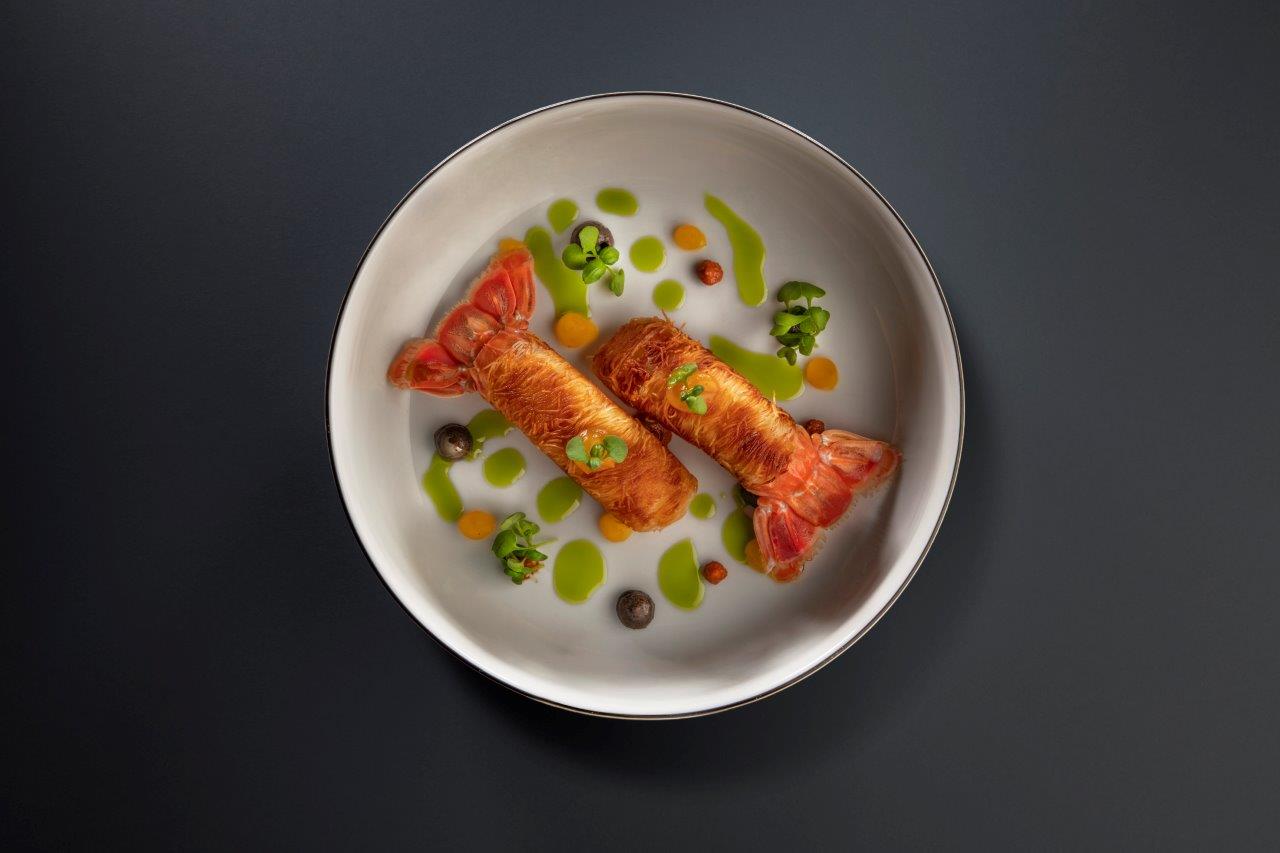
The Bavaria’s original decor, imbued with Germanic folklore and Bierstuben ambiance, underwent a transformation in 1942.
Architect Jean Falciola and designer Louis Amiguet oversaw a comprehensive renovation that introduced dark oak paneling, sizable mirrors, and intricate motifs inspired by folk art, featuring small birds and scenes of revelry.
Even after a change in name to Le Relais de l’Entrecôte in 1982, this sumptuous setting remained largely intact.
In 2006, after 25 years of exemplary service, the establishment became entangled in legal disputes. To preserve its unique ambiance, the Geneva authorities took action in 2012 by classifying the bistro’s decor, encompassing the woodwork, ceiling, tables, chairs, and mirrors.
In 2014, Le Relais relocated to rue Pierre-Fatio, right next door.
In 2015, the former Bavaria underwent a transformation and became Le 49 Rhône, and subsequently Marjolaine in 2018, as Philippe Chevrier took the reins to elevate this heritage arcade into an upscale trattoria.
The restaurant ceased its operations in March 2019, embarking on a comprehensive renovation and upgrades to meet contemporary standards, emerging as F.P. Journe Le Restaurant.
Under the leadership of Monsieurs Gauthier and Journe, this marks the beginning of a new chapter in a saga that spans more than a century.

